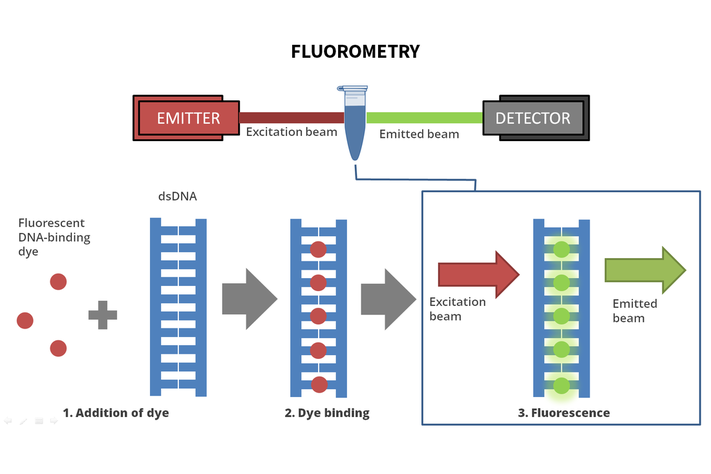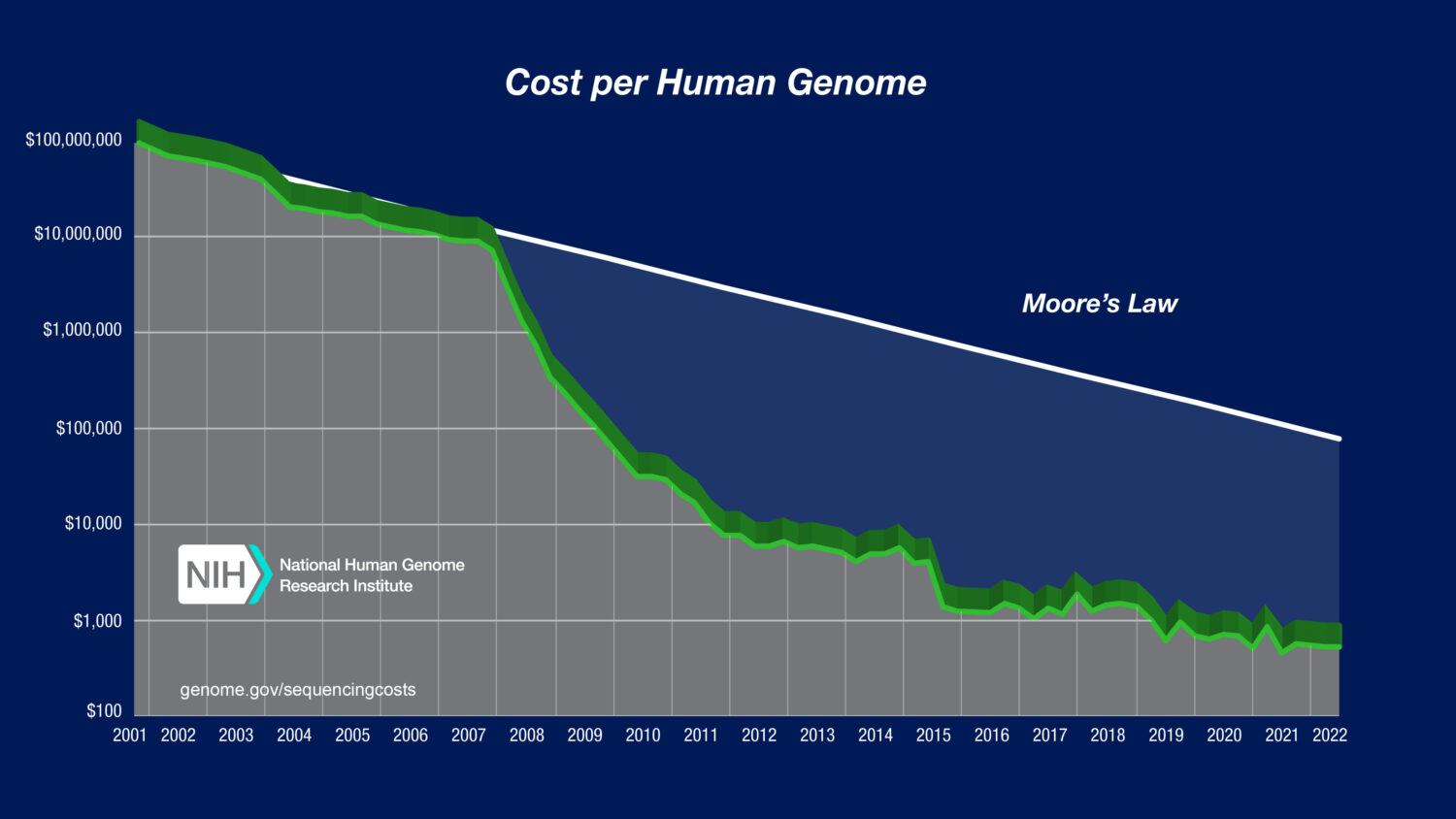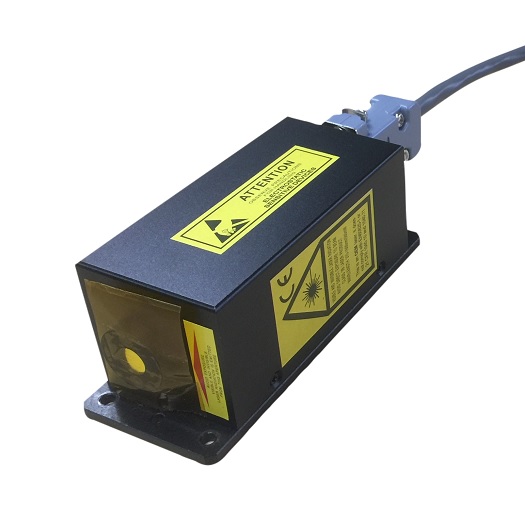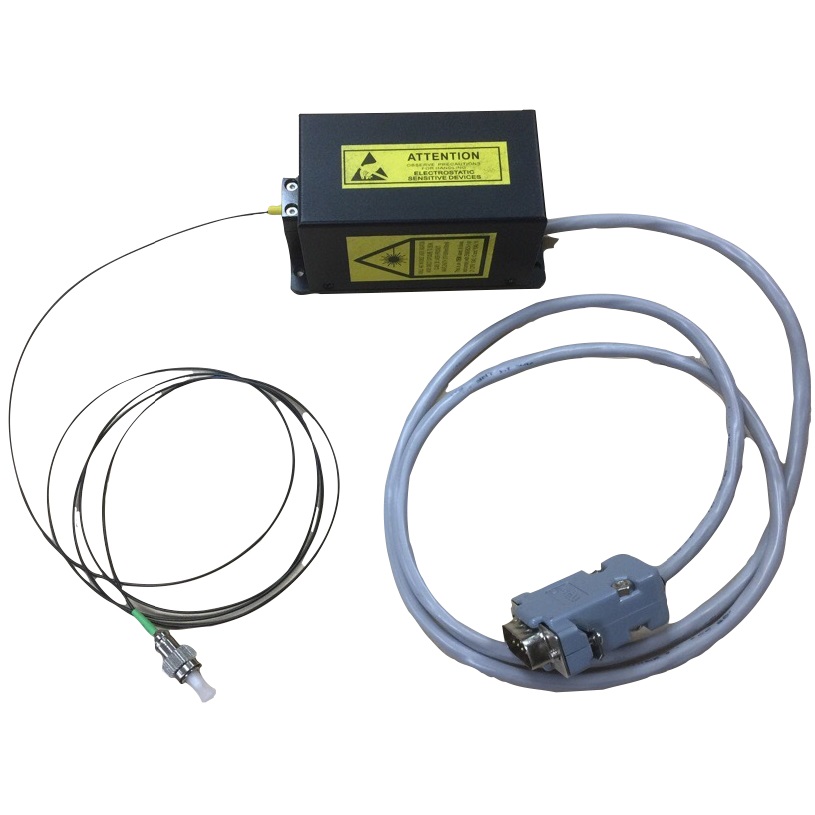Pavilion Integration lasers are used to excite DNA sequencing fluorescent dyes, providing the power, stability and reliability needed to support the speed of analysis, accuracy of data, while lowering the cost of each sequence.

The first generation of DNA sequencing was called the Sanger method, named after Nobel Laureate Frederick Sanger. This process was gel-electrophoresis based and was used to decipher the human genome in 2003. In automated Sanger sequencing, a computer reads each band of the capillary gel, in order, using fluorescence to call the identity of each terminal nucleotide.
Next-gen sequencing (NGS) techniques, have replaced the majority of electrophoresis-based Sanger methods. Most of these NGS techniques employ light to determine the sequence of nucleotides. Perhaps the biggest advance that NGS offered was the ability to produce a huge amount of data, alongside its ability to provide a highly efficient, rapid, low-cost approach and accurate to DNA sequencing, beyond the reach of traditional Sanger methods.
Systems using PIC lasers are now driving the cost of sequencing below $1,000 and approaching $100.

A new class of DNA sequencing, called third generation sequencing (TGS), is currently under active development. Generally, these technologies are capable of sequencing single DNA molecules without amplification, and they allow the production of reads much longer than NGS.


